Drug Discovery
Professor David Selwood,
Professor Edith Chan.
Select publications
- Hurley, MJ, Deacon RMJ, Chan AWE, Baker D, Selwood DL & Cogram P (2022). Reversal of behavioural phenotype by the cannabinoid-like compound VSN16R in fragile X syndrome mice. Brain. Vol. 145(1): 76-82.
- Radin DP, Caponegro M, Smith G, Moushiaveshi V, Selwood D & Tsirka S (2022). Studies on the function of myeloid-derived Neuropilin-1 in glioma: a focus on tumour hypoxia. FASEB Journal, Vol. 36(51).
- Scott OB, Gu J & Chan AWE (2022). Classification of Protein-Binding Sites Using a Spherical Convolutional Neural Network. Journal of Chemical Information and Modeling. J Chem Inf Model. Vol. 62(22): 5383-5396.
- Selwood DL, Mota F, Yelland T, Hutton JA, Parker J, et al. (2021). Peptides Derived from Vascular Endothelial Growth Factor B Show Potent Binding to Neuropilin-1. ChemBioChem.
- Gregson A, Thompson K, Tsirka SE & Selwood DL (2019). Emerging small-molecule treatments for multiple sclerosis: focus on B cells. F1000Res, 8.
- Briggs LC, Chan AWE, Davis CA ... Selwood DL, Collins MK, Barrett TE (2017). IKKγ-Mimetic Peptides Block the Resistance to Apoptosis Associated with Kaposi's Sarcoma-Associated Herpesvirus Infection. J Virol. Vol. 91(23). pii: e01170-17.
- Baker D, Pryce G, Visintin C, Sisay S, Bondarenko AI ... Selwood DL (2017). Big conductance calcium-activated potassium channel openers control spasticity without sedation. Br J Pharmacol. Vol. 174(16): 2662-2681.
- Prak K, Kriston-Vizi J, Chan AW, Luft C, Costa JR, Pengo N, Ketteler R. Benzobisthiazoles Represent a Novel Scaffold for Kinase Inhibitors of CLK Family Members. Biochemistry. Vol. 55(3): 608-17.
- Warne J, Pryce G, Hill JM, Shi X ... Chan AW, Towers GJ, Coker AR, Duchen MR, Szabadkai G, Baker D, Selwood DL (2016). Selective Inhibition of the Mitochondrial Permeability Transition Pore Protects against Neurodegeneration in Experimental Multiple Sclerosis. J Biol Chem. Vol. 291(9): 4356-73.
- Miyauchi JT, Chen D, Choi M, Nissen JC, Shroyer KR, Djordevic S, Zachary IC, Selwood D, Tsirka SE (2016). Ablation of Neuropilin 1 from glioma-associated microglia and macrophages slows tumor progression. Oncotarget. Vol. 7(9): 9801-14.
- Browne L, Lidster K, Al-Izki S, Clutterbuck L, Posada C, Chan AW, Riddall D, Garthwaite J, Baker D, Selwood DL (2014). Imidazol-1-ylethylindazole voltage-gated sodium channel ligands are neuroprotective during optic neuritis in a mouse model of multiple sclerosis. J Med Chem. Vol. 57(7): 2942-52. Erratum in: J Med Chem. Vol. 58(8): 3637.
Al-Izki S, Pryce G, Hankey DJ, Lidster K, von Kutzleben SM, Browne L, Clutterbuck L, Posada C, Chan AWE ... Selwood DL, Baker D (2014). Lesional-targeting of neuroprotection to the inflammatory penumbra in experimental multiple sclerosis. Brain. 137(Pt 1): 92-108.
Moyes AJ, Khambata RS, Villar I, Bubb KJ ... Selwood DL, Ahluwalia A, Hobbs AJ (2014). Endothelial C-type natriuretic peptide maintains vascular homeostasis. J Clin Invest. Vol. 124(9): 4039-51.
Aldeghi M, Malhotra S, Selwood DL, Chan AW (2014). Two- and three-dimensional rings in drugs. Chem Biol Drug Des. Vol. 83(4): 450-61.
Rasaiyaah J, Tan CP, Fletcher AJ, Price AJ, Blondeau C, Hilditch L, Jacques DA, Selwood DL et al. (2013). HIV-1 evades innate immune recognition through specific cofactor recruitment. Nature. Vol. 503(7476): 402-405.
Chan AW, Laskowski RA, Selwood DL (2010). Chemical fragments that hydrogen bond to Asp, Glu, Arg, and His side chains in protein binding sites. J Med Chem. Vol. 53(8): 3086-94.
Okuyama M, Laman H, Kingsbury SR, Visintin C, Leo E, Eward KL, Stoeber K, Boshoff C, Williams GH, Selwood DL (2007). Small-molecule mimics of an alpha-helix for efficient transport of proteins into cells. Nat Methods. Vol. 4(2):153-9.
Funding and Partnerships
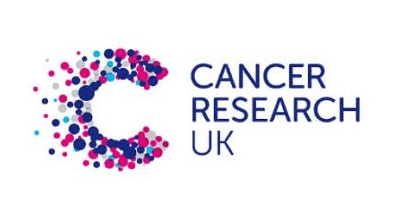
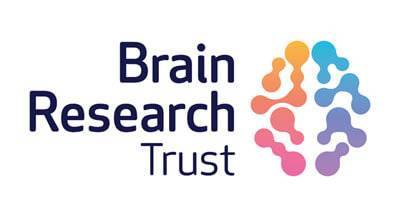

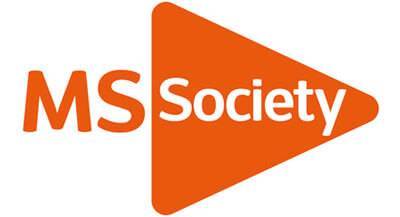
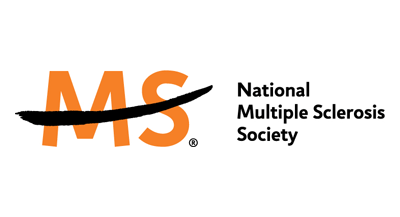

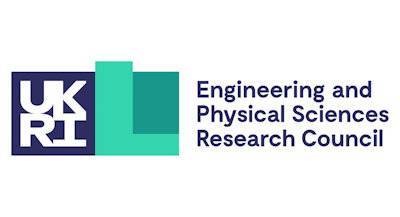

 Close
Close







